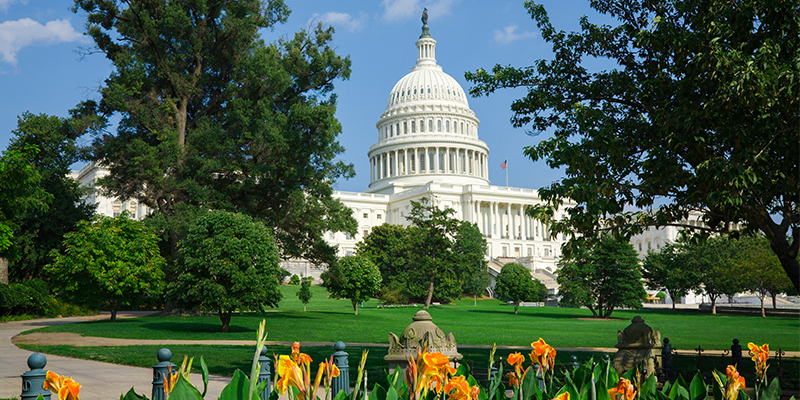The COVID-19 pandemic has impacted the entire country and the world. Most state and local governments in the United States issued stay-at-home orders and imposed business restrictions on nonessential services to slow the spread of the virus. This caused an economic slowdown that initially concerned many state and local lawmakers.
Revenue projections from various sectors, such as restaurants, tourism and the entertainment industry, were lowered. Budgets were restructured to increase health services and reduce expenditures in order to maintain balance. State and local governments also turned to Washington for additional assistance, and they received it.
President Joe Biden signed into law the $1.9 trillion American Rescue Plan Act of 2021, which is intended to provide additional relief to both the public and private sectors impacted by the pandemic. State, local and tribal governments received a total of $350 billion in federal relief from the act. The amount of relief received by each state and local unit of government can be found here:
State and local governments will receive these funds through the Coronavirus State and Local Fiscal Recovery Funds, created by Section 9901 of the American Rescue Plan Act. This section also establishes the guidelines and appropriate use of these funds. There are common guidelines for state and local governments to follow in applying these funds to cover pandemic related costs and to stimulate economic activity by December 31, 2024. These common guidelines include:
- Response to public health needs or to negate pandemic’s economic impact.
- Response to essential workers by providing premium pay.
- Supplement lost revenue.
- Make investments in water, sewer or broadband infrastructure.
- Restrict deposit into any pension fund.
However, the act does impose one additional restriction on the state’s use of these funds. No state may use the funds to “directly or indirectly offset a reduction in the net tax revenue from a change in law, regulation, administrative interpretation during the covered period.” Basically, only states are not allowed to apply the funds towards a tax cut, rebate or credit. This restriction does not apply to city and county governments.
The failure of a state or local government to comply with the guidelines established by this act will result in federal recoupment. The state or local entity will be required to repay the federal government the amount used in violation of the act.
The federal relief will certainly compensate for lost revenue from certain sectors of the economy over the course of the last year. It will also allow for the expansion of government services and programs related to the pandemic and future economic growth. However, this is a one-time infusion from federal government. If these expansions are to be sustainable past 2024, state and local governments will need to look for additional sources of revenue. This may have the unintended consequence of leading to increases in property taxes, impact fees, transfer taxes and other levies impacting commercial real estate and development.
With the exception of the state tax restriction, the act appears to provide some flexibility in the use of these funds. A prior blog post on the fiscal condition of the states also noted that these federal funds are windfall for many states as the collection of the sales tax on increased internet transactions offset projected revenue shortfalls. Many states started the year with surpluses. This flexibility, along with revenue surpluses, calls for a practical and judicious use of the funds by state and local officials.








